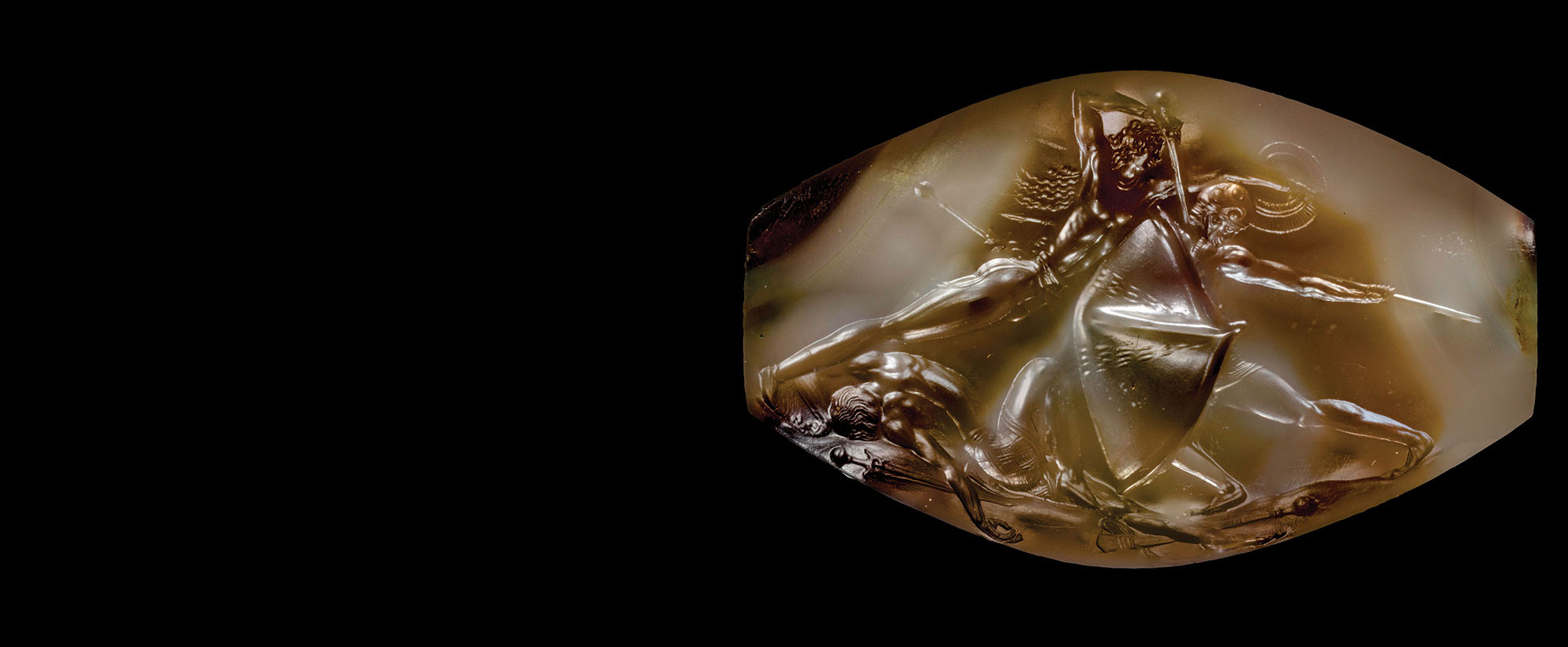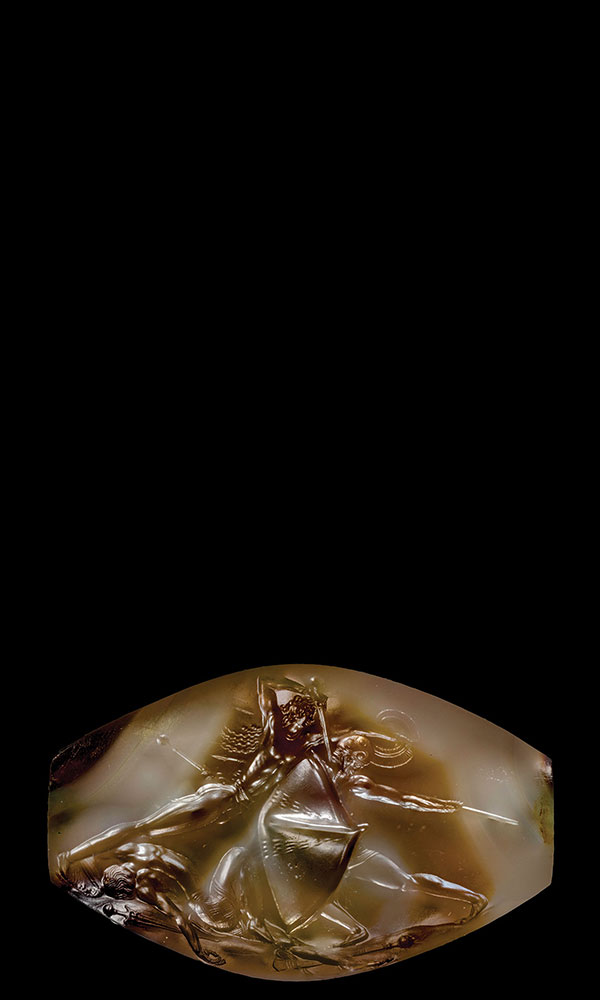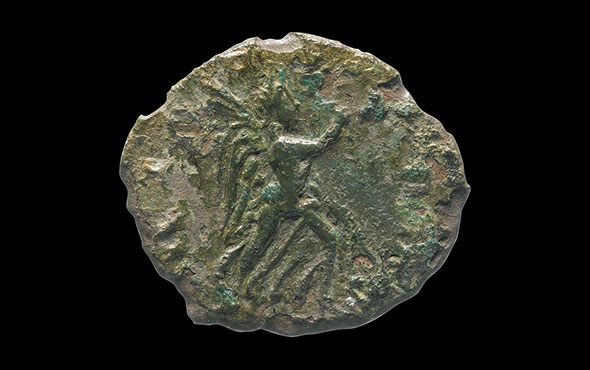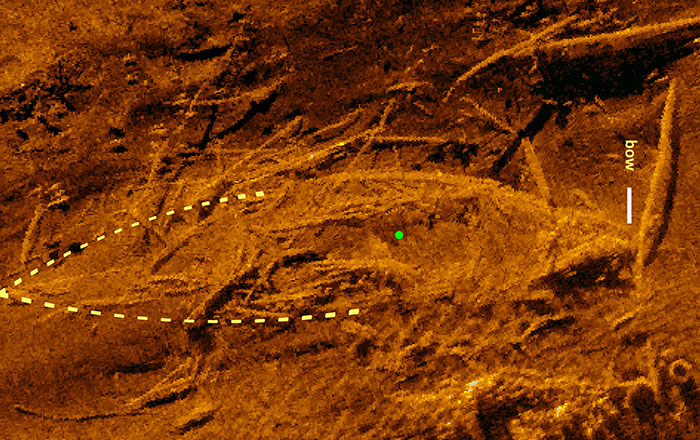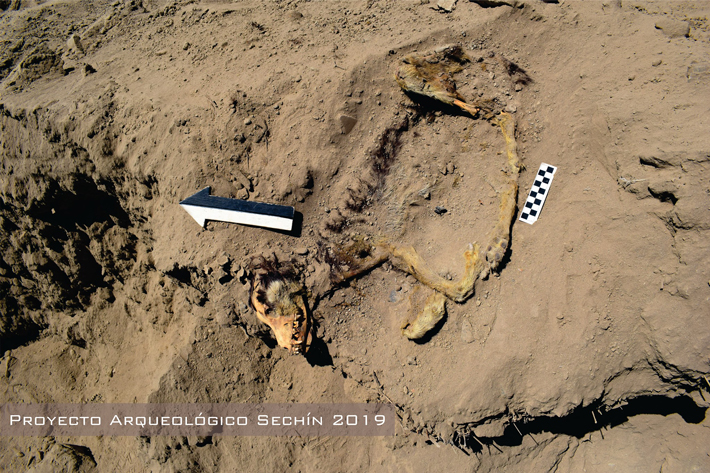
CASMA, PERU—According to an Andina report, the intact 1,000-year-old skeletal remains of a dog were discovered inside the main building at Sechin, a 4,000-year-old site in northern coastal Peru’s Casma Valley. Sechín Archaeological Project Director Mónica Suárez said that in addition to the animal’s bones, some of its yellow-brown fur and paw pads were preserved. Sechín, known for its megalithic architecture and bas relief sculptures depicting human sacrifices, is thought to have served as the capital city of the Sechín culture. Suárez explained that the dog belongs to a later occupation of the site by the Casma culture around A.D. 1000. Further analysis of the remains could reveal the dog’s breed and age at death, she added. To read about genetic studies to determine whether indigenous canine DNA persists in modern-day dogs, go to "The American Canine Family Tree."






